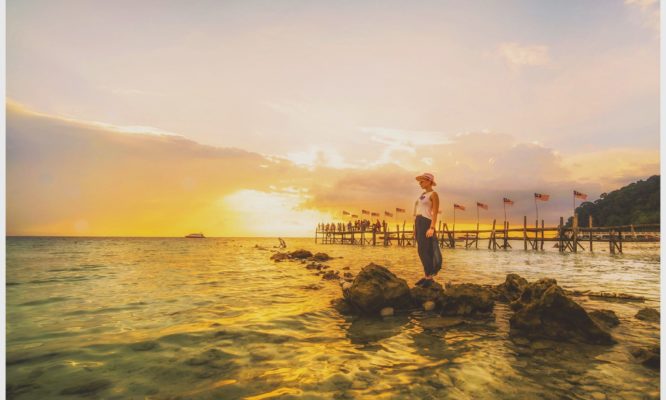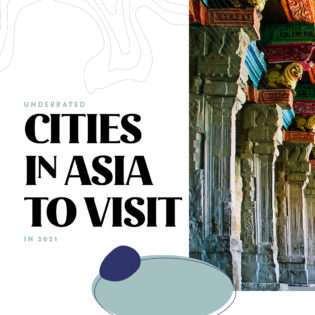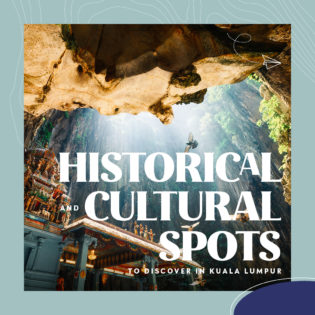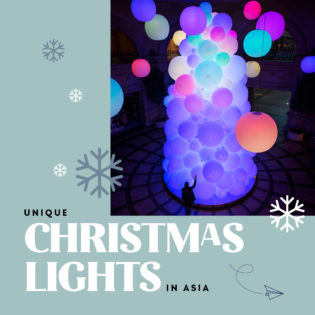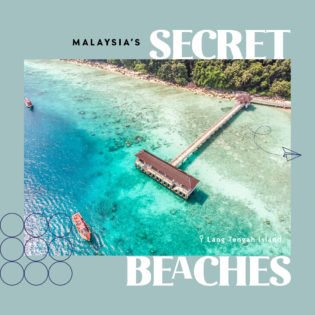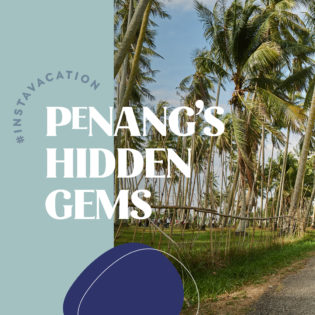Hidden gems await in Chubu, Japan’s central region
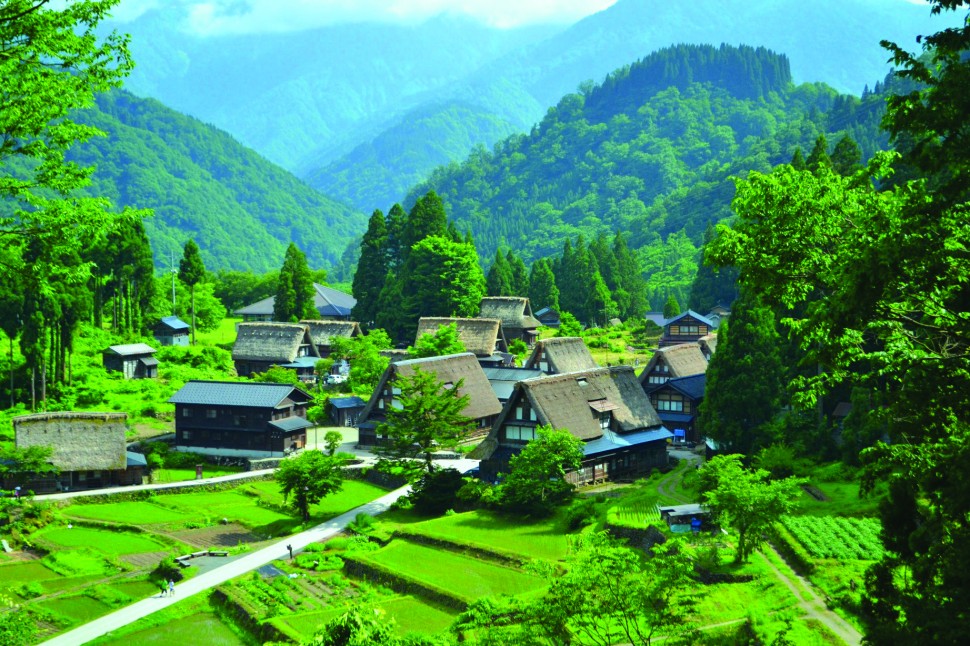
Tokyo and Osaka have always been prime tourist destinations, so it’s not surprising that the Chubu region remains relatively undiscovered, a well-kept secret enjoyed by the locals.
For those craving an escape into the countryside, Chubu has much to offer in terms of nature, history and culture. Literally translated to ‘central part’, it covers nine different prefectures in the middle of the country’s Honshu mainland. The best way to travel around Chubu is by bullet train, or Shinkansen, as it connects to many major cities around the region.
Nagano: A Spiritual Sanctuary
Follow the path of pilgrims to the city of Nagano, home to Zenkoji, a seventh-century Buddhist temple and one of Japan’s most important religious sites. Legend has it that the first statue of Buddha to be brought into the country is enshrined here but kept hidden, even to the temple’s chief priest. A copy is shown to the public every six years, with devotees coming from far and wide to witness the ceremony.
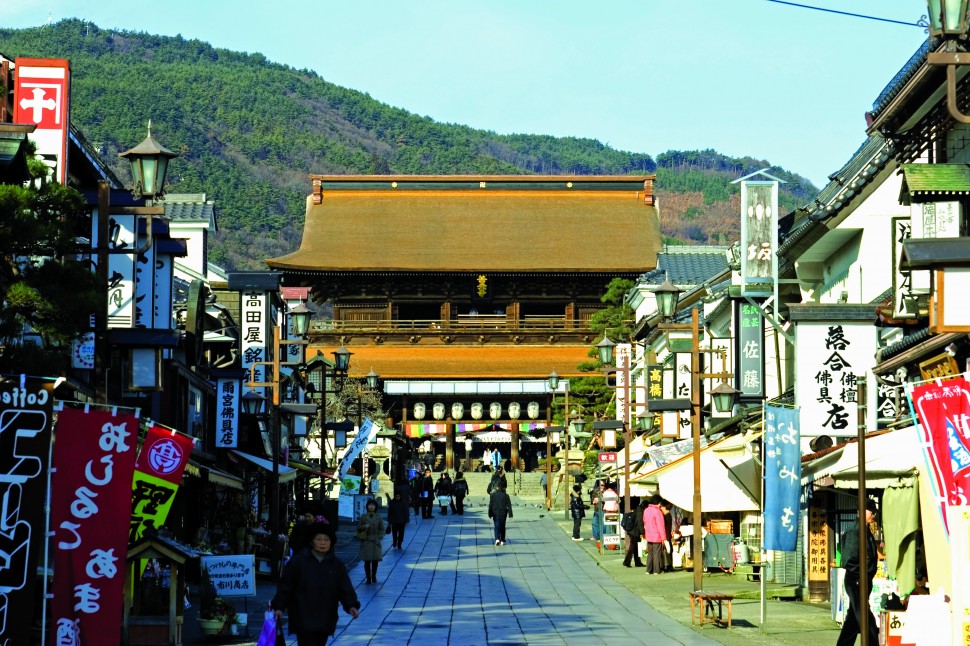
To enter the temple complex, visitors walk through a massive niomon (guardian gate) before arriving at the main shrine, rebuilt in the Edo era after fires and earthquakes razed previous buildings. Inside is a wooden statue of Binzuru, a physician said to be one of Buddha’s most intelligent followers. The statue’s features have worn down over the centuries, as the belief is that touching it can cure one’s ailments.
An experience not to be missed is the walk through a pitch-black corridor underneath the shrine’s altar. Bereft of sight, you’ll have to rely on your sense of touch to move forward. Try to locate a metal key hanging from the wall, which represents the Key to the Western Paradise of Buddha. Emerging from the dark tunnel into light symbolises the process of rebirth, in line with Buddhist beliefs.
Kanazawa: Reliving History
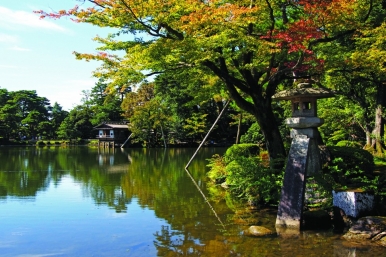
Just an hour away from Nagano by bullet train is Kanazawa, a city known for its rich art, culture and history. The city escaped air raid bombings in World War II, leaving most of its old buildings and streets intact.
Like many places that flourished in Japan’s feudal era, it was built around an ancient castle. Adjacent to it is the city’s most popular attraction, the 11.4-hectare Kenrokuen. Dubbed one of Japan's three best landscaped gardens, it houses over 8,000 trees from 183 species of plants, and features a large man-made pond, hills and teahouses. Relive the scenery enjoyed by the lords and ladies of old as you stroll through the grounds, and look out for the oldest fountain in Japan which operates by natural water pressure.
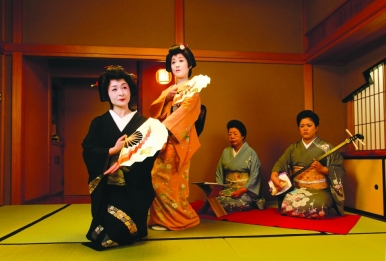
Kanazawa is one of the few places in Japan that still retains its authentic geisha districts. The oldest is Higashi Chaya Gai, which dates back to the 1820s. Admire the unique architecture of the dozen-or-so original wooden chaya (teahouses), built along a wide cobblestoned path. While many of these have been converted into cafes and souvenir shops, two teahouses are still open to the public: Ochaya Shima, which has been preserved as a museum, and Kaikaro, a working geisha house that hosts exclusive events at night for wealthy guests.

Gokayama: The Hidden Valley
Ringed by mountains, Gokayama is a UNESCO World Heritage Site famous for its traditional thatched roof farmhouses called gassho-zukuri, literally ‘prayer hands’. The roofs are designed to withstand large amounts of snow that fall in the mountains in winter. Due to its remote location, many age-old customs and practices such as the making of washi (traditional fibre) paper and the playing of traditional instruments are still alive and well.
Stay overnight at an inn in Ainokura Village, home to about 60 villagers whose main source of income comes from farming and agriculture, and enjoy breathtaking mountain views and fresh air in a lush sea of greenery. The local shrine, located in a grove near the village, is extremely picturesque. If you’re up for a climb, take a 15-to-20-minute hike up the side of a hill to a vantage point that offers gorgeous scenery of the valley below, dotted with vegetable fields and flower gardens.
Hida: Steeped in Tradition
Surrounded by forests and hills, the Hida area was once known for its highly skilled carpenters and woodworkers. Today, the region retains much of its rural charm in the form of terraced rice fields, fruit farms, traditional wooden houses, as well as homely mom-and-pop stores.
Pay a visit to Hida Furukawa, made famous by the anime blockbuster Kimi No Na Wa (Your Name). Picturesque locations such as the town’s train station, as well as old streets and buildings were used as backdrops in the movie. Capture these on a cycling tour or explore the town on foot, past canals stocked with fat Japanese koi, as well as sake breweries that are easily distinguished by the giant sugidama (cedar ball) hanging from their entrances.
A short drive away is the Old Okuhida Onsenguchi Station in Hida-Shi, where innovative locals have converted a former railroad track into a unique tourist attraction. Mountain bikes are fixed to the three-kilometre track with a guide roller, which moves forward by peddling. Riding on the trail allows visitors a closer look at nature, as it passes through areas with amazing views of the surrounding countryside.
Just 30 minutes from Hida Furukawa is Hida Takayama, another well-preserved rural city. History buffs should stop by Takayama Jinya, built as the local government office to cater to officials and their families who were dispatched from the ruling capital of Edo (now Tokyo). It remains the best-preserved example of a local government office from the Edo era, and rooms have been recreated as closely as possible to how they were in the 18th century.
Expect to see spacious tatami mat rooms that once served as offices, meeting halls and residential spaces, interspersed by well-maintained courtyards and gardens. There are also interesting exhibits of furniture and a museum carrying official documents and letters of past feudal lords, their belongings and weaponry.
Alternatively, rise early to join the throng of locals to Miyagawa Morning Market, located next to the roaring Miyagawa river. Here, you will find fresh produce, souvenirs as well as street snacks like beef and corn sold fresh off the grill.
Before leaving town, remember to get a sarubobo (baby monkey doll), a popular souvenir in Takayama. Traditionally made by grandmothers for their grandchildren as good luck charms, the featureless dolls are usually red, but modern variants also come in pink, blue, green, yellow and more.
Nagoya: Blend of Old and New

After the idyllic countryside, Nagoya is a drastic change of pace, with its tall, modern buildings and huge shopping complexes. It is the largest city in Chubu and serves as a busy port.
The city’s central point is Nagoya Castle, the home base of the powerful Tokugawa Shogunate in the 17th century. Surrounded by cherry blossom trees, the castle was renowned for its beauty, but was destroyed by bombing during World War II. Visitors can see a restored version of the main keep, with its slanting green-tiled roofs topped with a pair of golden kinshachi (mythical dolphins), though the inside is now a museum and bears little resemblance to its original interior. Within the castle grounds, people dressed up in ninja and samurai costumes add to the atmosphere.
At night, Nagoya comes to life with lights, as locals retire to bars, izakayas (gastropubs) and karaoke joints for well-deserved rest and relaxation. For those keen on shopping before heading back to Tokyo, there is Oasis 21, a huge modern shopping facility next to the Nagoya TV Tower. Mostly built underground, the structure’s most attractive feature is its large oval glass dome, filled with water to create a stunning visual effect.
